The Middle Corridor (Trans-Caspian International Transport Route - TITR) is playing an increasingly crucial role in global logistics. Connecting China, Central Asia, the Caucasus, and Europe, this route is emerging as a vital alternative to traditional transport corridors, ensuring more efficient and sustainable freight movement.
In an interview with Report, Secretary General of the International Road Transport Union (IRU), Umberto de Pretto, shared insights on the current state of the Middle Corridor's infrastructure, key challenges in freight transport, the impact of digitalization on streamlining customs and transit procedures, and essential measures to enhance the route's efficiency.
Report presents the full interview.
- How does the IRU assess the current state of road infrastructure along the Middle Corridor?
- Countries along the Middle Corridor are continuously investing in infrastructure. The road transport sector values every meter of new road. However, even fantastic roads do not improve transport and trade efficiency if they lead to congested borders.
Investments in both hard infrastructure and soft procedures, services and tools are needed to keep up with increasing traffic at congested border crossings. But to maximize the potential of the Middle Corridor and build resilience, our strategic focus must shift towards soft trade and transit solutions.
- What are the key challenges in the development of transport corridors today?
- Growing trade flows are increasingly placing pressure on border crossings. Truck drivers are being stranded at borders for days on end, even weeks, often without access to hygiene and sanitary facilities. We often hear talk about sustainability, but efficient borders are key to achieving it. Having our drivers stuck at borders, held hostage, blocking trade, idling and emitting emissions, is the antithesis of sustainability.
The good news is that we have the tools based on UN conventions, such as TIR, CMR and the Harmonization Convention, at our disposal to make road transport more efficient. This efficiency is further enhanced by these digitalization tools, moving towards eTIR and e-CMR. These are not future technologies. They’re tried-and-tested instruments. We must stop talking and start acting by effectively implementing them. The legal framework is there, now it’s time to roll up our sleeves and implement these digital instruments.
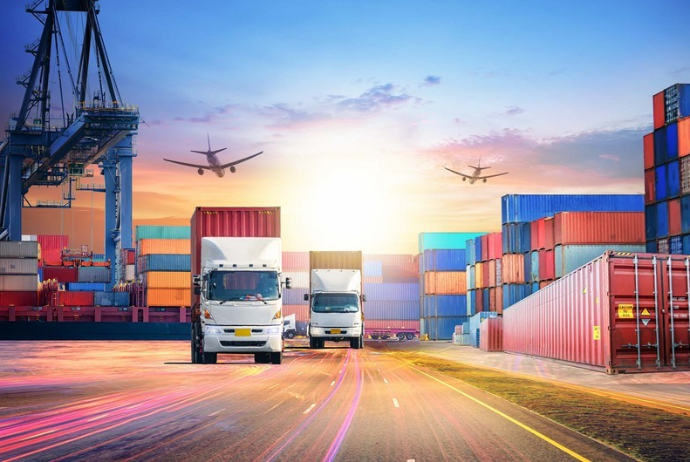
The European Bank for Reconstruction and Development (EBRD) report titled “Sustainable transport connections between Europe and Central Asia” highlighted how TIR significantly cuts transport times and costs. It also notes how TIR creates additional risk-management opportunities for customs agencies, reducing fraud risk.
Additionally, a study on the CAREC region (Central Asia Regional Economic Cooperation Program) showed that the TIR system significantly reduces border crossing times by nearly a third and costs by almost sixfold.
- To what extent does the existing road network meet the requirements of international freight transport?
- As highlighted, the current issue isn’t the road network, but rather the “soft infrastructure” that governs it. Investment in hard and soft infrastructure must go hand in hand.
For example, IRU, in collaboration with ADB and its CAREC program, carried out Phase 2 of the NELTI project (New Euro-Asian Road Transport Initiative) in 2011. The idea was, through pilot truck caravans, to monitor, collect and analyze data on impediments and non-physical barriers to international road transport across Eurasia. This important scientific work allowed us to prepare recommendations for all stakeholders in the region whose decisions and activities can positively impact the effective reopening of the Silk Road to trade by international road transport. One of the corridors in focus was the Central Corridor, which is now called the Middle Corridor.
All those recommendations are still valid today: remove transit permits, don’t limit permit quotas, if they impede trade, all countries were recommended to accede to e-CMR, harmonize and digitalize customs procedures, implement advance electronic cargo information, move towards joint cargo inspection, ensure regular timetable of ferry lines, and invest in the professionalization of drivers and transport companies.
When looking at NELTI’s conclusions, I am proud of the good progress made since then. But at the same time, it is concerning that we have to repeat the same calls for action today.
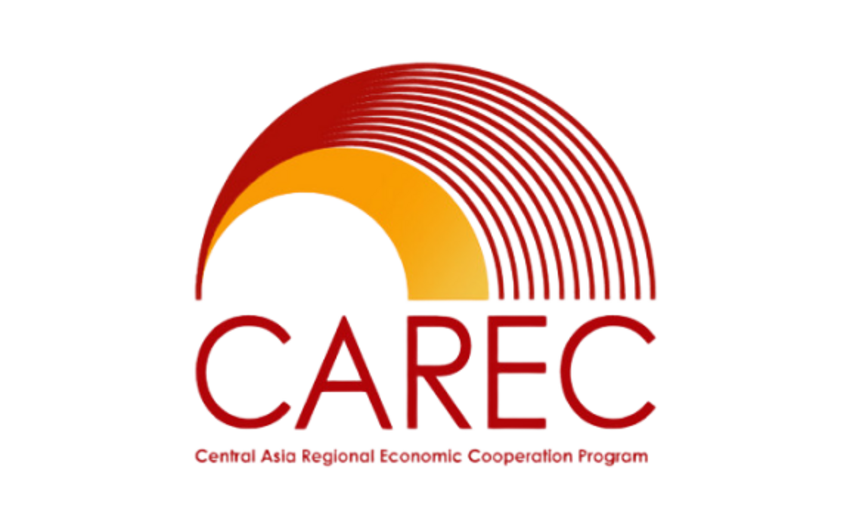
- Which sections of the route require modernization or improvement?
- Two important points that require attention are border crossings and multimodal transport networks.
Regarding borders, TIR can significantly streamline bottlenecks. Furthermore, risk-based facilitation allows customs to separate traffic flows and handle low-risk cargo faster. Central Asian countries are establishing dedicated TIR lanes for secure transport for which customs receive advance information for risk management via the TIR-EPD system.
Concerning multimodal transport networks, the Middle Corridor requires several transshipments. On the one hand, it is an advantage; on the other hand, it presents a challenge, as interoperability must be ensured for smooth transit. One such example is Kazakhstan’s plans to have 11,000km of roads that will be either constructed or rehabilitated, along with the development of terminal facilities in the ports of Aktau and Kuryk as well as dry ports in the country. These measures will make the Middle Corridor more attractive for logistics companies.
- What measures, according to IRU, could help simplify procedures and optimize logistics in the region?
- As mentioned, it is only through internationally harmonized instruments and digitalization that the potential of transport and transit can be maximized and bottlenecks can be mitigated. We must turn our words into actions.
To maximize the potential of regional trade and transport and build resilience, our strategic focus must shift towards soft trade and transit solutions.
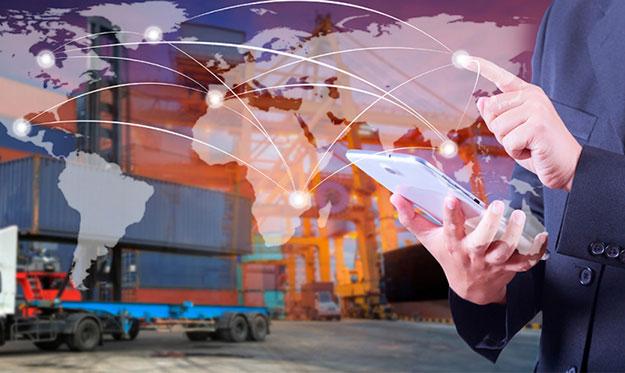
- What is the potential of digitalizing transit and customs procedures?
- Digitalization doesn’t only facilitate trade; it makes it more secure and transparent. We already have the tools. It’s just a matter of implementing them.
For example, IRU and UNECE work hand in hand with customs authorities and the private sector to find the most pragmatic way to implement eTIR in the fastest possible way. TIR is already supported by comprehensive digital tools and processes. To make it fully paperless the last step is to complete the connection between UNECE’s eTIR international system and customs authorities.
Two important documents were signed in Azerbaijan to reiterate commitments to take this step: the “Roadmap for the digitalization of multimodal data and document exchange along the Trans-Caspian Transport Corridor” under the UN Special Programme for the Economies of Central Asia (SPECA), and the eTIR implementation roadmap, signed by the Organization of Turkic States (OTS) countries.
eTIR should be accompanied by e-CMR, e-Visas and e-Permits. They all offer significant benefits and optimize transport operations.
Furthermore, UNECE’s Deputy Executive Secretary Dmitry Mariyasin, speaking at an event in Baku earlier this year, reaffirmed the strong collaboration between UNECE and IRU in advancing TIR and eTIR.
He also highlighted eTIR’s further potential for cutting CO₂ emissions and expressed optimism about eTIR’s full deployment in the countries along the Middle Corridor this year.
- Which countries demonstrate best practices in reducing bureaucratic barriers?
- We have a number of great examples of efficient collaboration with countries on bilateral and multilateral basis, jointly with development partners, to reduce administrative barriers.
We see our role and that of our members, the national associations representing millions of transport companies globally, to be a bridge between the private and public sector. We need to be very close to the industry, to understand its needs, and then work closely with the governments to help them shape policies supporting the private sector. After all, it’s the private sector which drives economies. It’s the transport industry, that is a backbone of economic growth. And we need to advise governments on how to help the transport industry support economic growth.
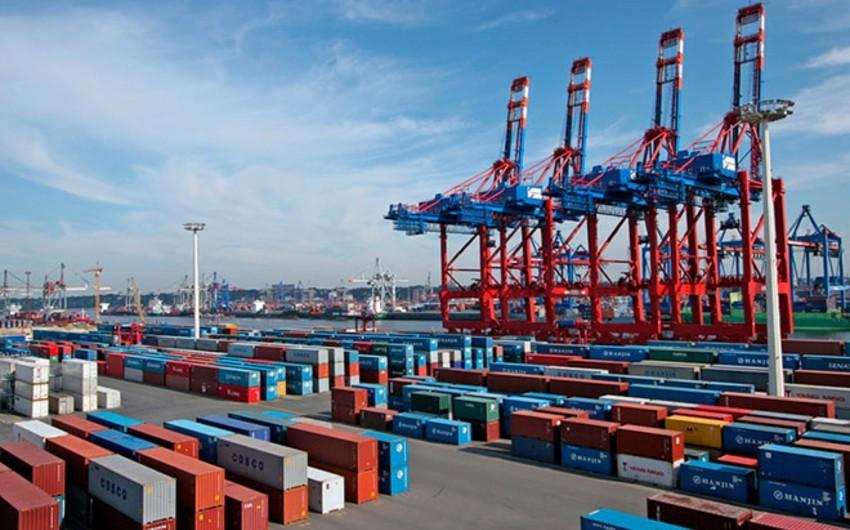
- What initiatives does IRU support or plan to propose to stimulate freight transport through the Middle Corridor?
- IRU will continue to work closely with its members, partners and governments to improve transit time and optimize costs for deliveries. Efficiency of the corridor and favorable conditions will naturally attract more business.
In terms of concrete actions, we will continue supporting test freight caravans. It’s also becoming necessary to accelerate trade digitalization in the region. That’s how we can transform the region into a connectivity hub with global outreach.
Looking ahead, we will focus on the importance of the SPECA Roadmap on the Digitalisation of Multimodal Data and Document Exchange, endorsed by the SPECA Summit in Baku in November 2023, with particular emphasis on the rollout of eTIR in 2025.
- What incentives or mechanisms could enhance the attractiveness of the Middle Corridor for businesses?
- Soft solutions are key to faster and cheaper trade. The volumes carried along the Middle Corridor are growing exponentially. But, as agreed in a joint communique at COP29 in Baku last year, in addition to hard infrastructure needs, digital connectivity will raise the development of corridors to the next level. IRU, which was instrumental in supporting the Azeri COP29 transport leadership in developing the communique, had also included a special focus on the full implementation of eTIR and e-CMR to increase efficiency and reduce CO2 emissions.


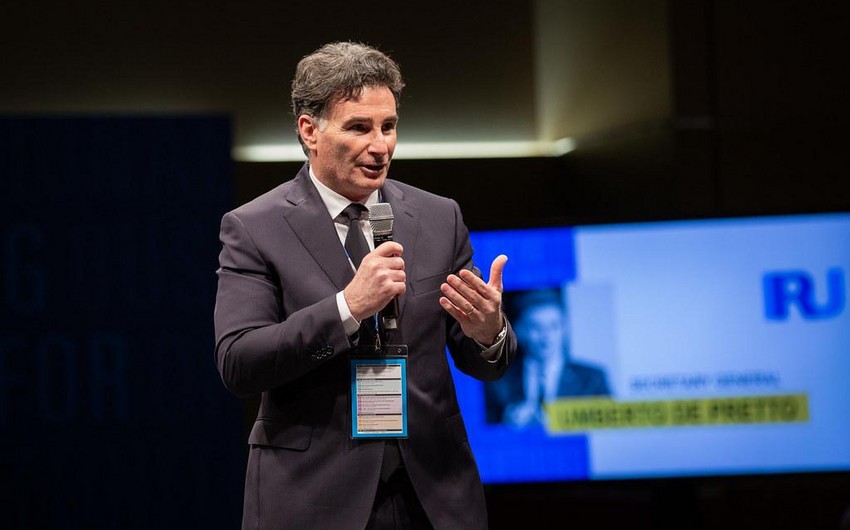 https://images.report.az/photo/81faa8c5-a388-3bf6-be27-fa4ebb655065.jpg
https://images.report.az/photo/81faa8c5-a388-3bf6-be27-fa4ebb655065.jpg

